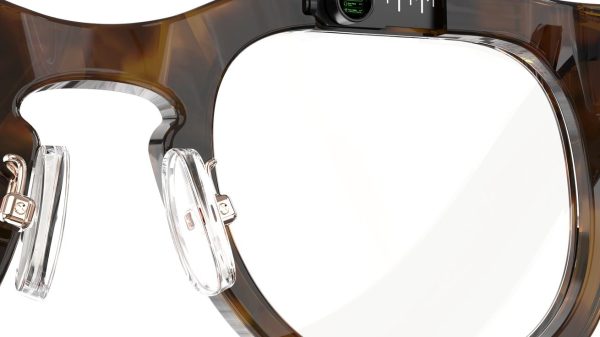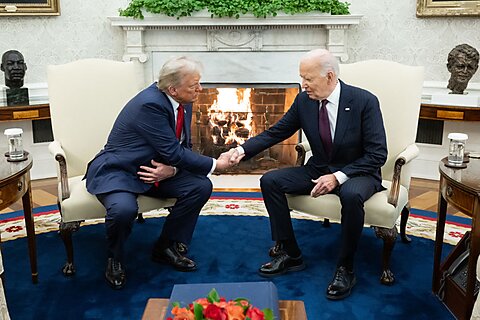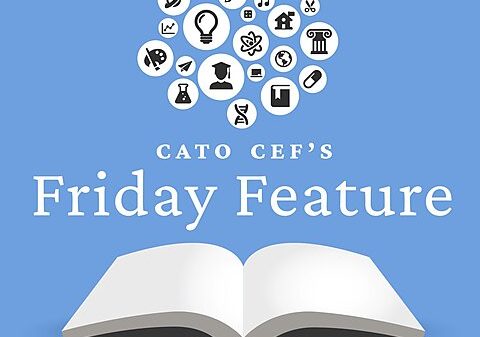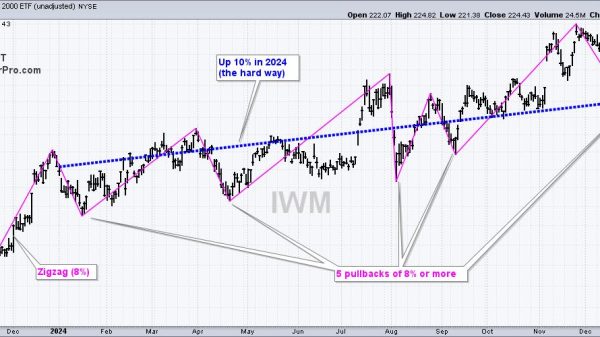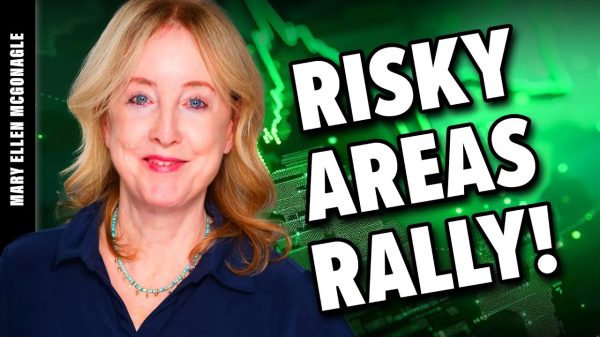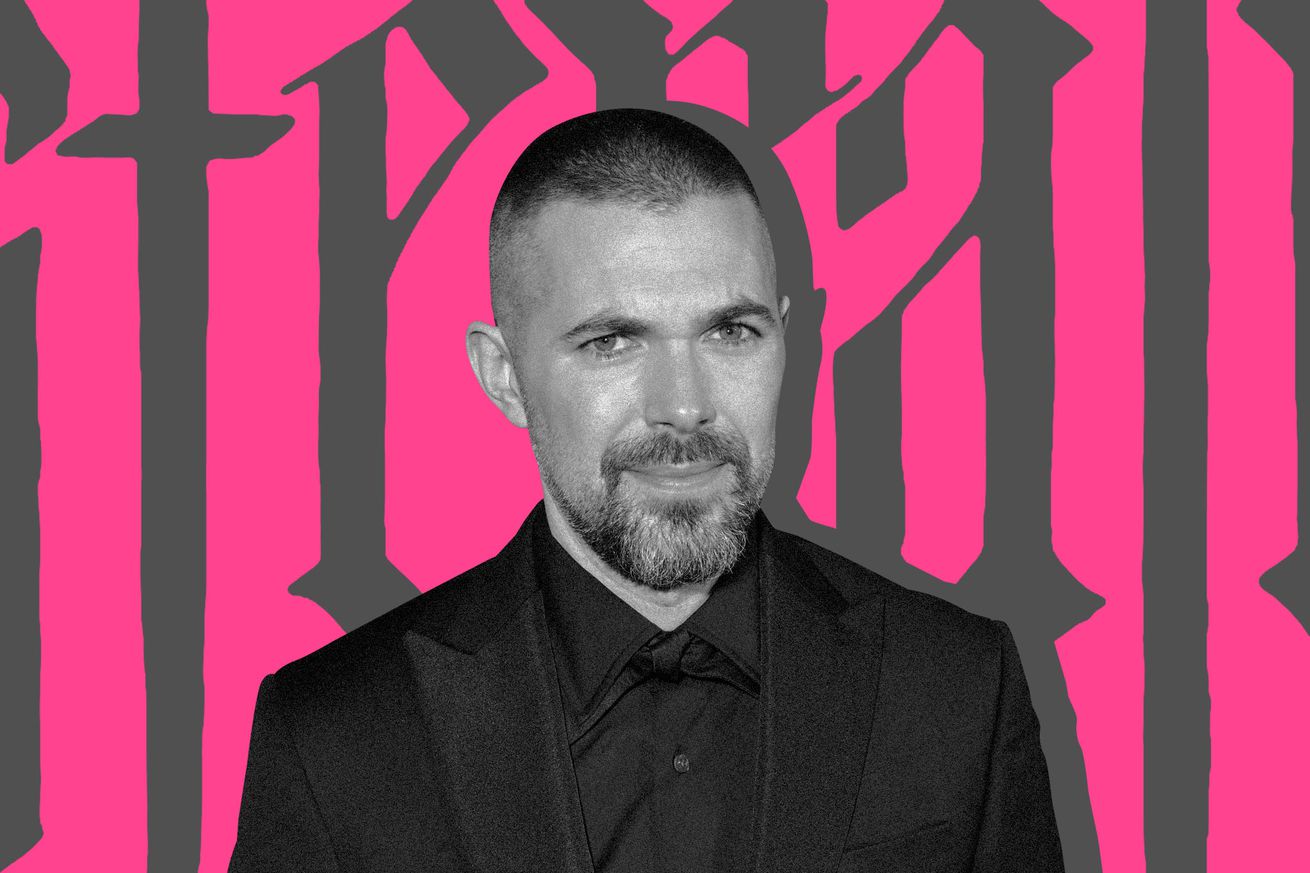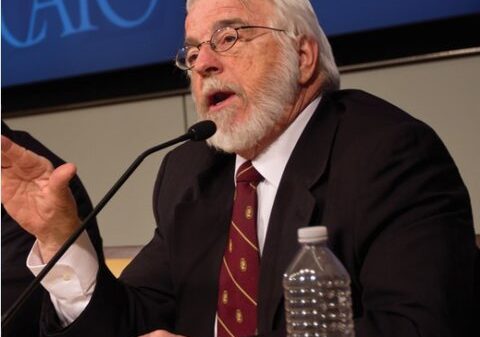
To get Nosferatu’s nightmarish love triangle right, Robert Eggers looked to Wuthering Heights for inspiration.
Though the Dark Universe might be dead, Robert Eggers has crafted something like its spiritual successor with a series of disturbing horror features. The Witch left you wondering how real its demons were, The Lighthouse’s tentacled sea creatures were always slithering somewhere just off-screen, and The Northman was a mythologically charged study of people’s ability to become monsters and how that transformation can rob someone of their humanity. Those films presented their otherworldly elements as reflections of characters’ superstitions and their need to make sense of the worlds around them. But Eggers wants the undead ghoul at the center of his new Nosferatu remake to leave you feeling something much more basic (though not necessarily simple) and carnal.
Eggers’ Nosferatu is brimming with visual and tonal nods to F.W. Murnau’s groundbreaking 1922 silent film. But through his new takes on the vampiric Count Orlok (Bill Skarsgård) and bedeviled housewife Ellen Hutter (Lily-Rose Depp), you can feel Eggers tapping into the darkly sexual energy that made Bram Stoker’s Dracula such a uniquely transgressive horror novel for the Victorian era. The new Nosferatu is arriving at a time when the idea of getting down and dirty with monsters has come much, much more into fashion — so much so that we’ve seen entire cinematic franchises built on the concept.
Viewed through that lens, it’s easy to look at Nosferatu as a story that’s trying to speak to this moment in on-screen monster-fucking. But when I recently sat down with Eggers to discuss the movie, he told me that, as much as vampire tales might feel like manifestations of societal anxieties, channeling the zeitgeist wasn’t at all his goal.
/cdn.vox-cdn.com/uploads/chorus_asset/file/25794228/4193_D001_00151_R1718992062.jpg)
As a lifelong Dracula fan fascinated by the way death and sexual desire define vampire mythos, Eggers knew that he wanted his Nosferatu to be as erotic as it was haunting. But Eggers also wanted his Nosferatu to feel like a decidedly feminist, macabre romance, which is why he took some inspiration from Emily Brontë.
“It was always clear to me that Nosferatu is a demon lover story, and one of the great demon lover stories of all time is Wuthering Heights, which I returned to a lot while writing this script,” Eggers explained. “As a character, Heathcliff is an absolute bastard towards Cathy in the novel, and you’re always questioning whether he really loves her, or if he just wants to possess and destroy her.”
Nosferatu leaves you to ponder those same questions as it introduces Ellen, a perceptive woman whose brilliance is being stifled by the social mores of 19th-century Germany. Though Ellen desperately loves her husband Thomas (Nicholas Hoult), he struggles to understand how years of being plagued by strange visions have left her convinced that the embodiment of death is stalking her. It’s easier for Thomas and Nosferatu’s other male characters like Friedrich Harding (Aaron Taylor-Johnson) to dismiss Ellen’s nightmares as delusions. But whenever Ellen goes to sleep, it is never long before a monstrous presence reaches out to her mind, urging her to let it inside.
In Depp’s tremulous Ellen, you can see traces of Mina Harker, the sole heroine in Stoker’s novel, whose cleverness winds up being instrumental in Dracula’s ultimate demise. But Eggers wanted this version of Ellen to feel like a woman who, despite “understanding things on a very deep level, doesn’t have the language to articulate her experiences.” It was also important to him that this story emphasize how men’s misogynistic preconceptions of women are a kind of monster in and of themselves.
“Ellen’s husband loves her, but he can’t understand these ‘hysteric’ and ‘melancholic’ feelings she’s experiencing, and he’s dismissive of her,” Eggers said. “The only person she really finds a connection with is this monster, and that love triangle is so compelling to me, partially because of how tragic it is.”
/cdn.vox-cdn.com/uploads/chorus_asset/file/25794229/4193_D035_00339_R1725400906.jpg)
In the same way that Ellen knows that something is out there watching her as it stalks through the shadows, Count Orlok — a long-dead Transylvanian nobleman — can feel that there’s something very special about Ellen. Much of the new Nosferatu’s unsettling strangeness is crystallized in the pair’s unusual psychic connection. It’s alarming to see Ellen seize up and convulse in fits as her mind seemingly leaves her body. But there’s also an increasingly orgasmic quality to the sound of Ellen’s fits that immediately clues you into how, as scary as Orlok is, he also elicits something deeply pleasurable in some of his victims.
More so than many other recent vampire stories, Eggers’ Nosferatu leans into the fact that creatures like Orlok feast on the blood of the living because they themselves are very dead. Whatever magic it is that’s brought Orlok back is impressive, but you would never mistake him for a model with a beating pulse. He’s supposed to read as a reanimated corpse; a once-suave and debonaire one, but a corpse all the same.
Because Nosferatu is a very horny love story, though, Eggers felt Orlok needed to be at least somewhat sexy in order to sell his raw magnetism and “help the audience to know on some level that there’s a beautiful man beneath all that makeup.”
“In my mind, Orlok was definitely handsome when he was alive,” Eggers said. “I wanted him to have strong features, and for there to be a kind of beauty in his brows, cheekbones, and nose because those are the parts of himself that he can show a little bit of in the light to a house guest before they realize that he’s actually rotting and falling apart.”
/cdn.vox-cdn.com/uploads/chorus_asset/file/25794231/NOSFERATU_FP_00005a_R1733455530.jpg)
Nosferatu starts piling the horrors on as Orlok and Ellen’s link strengthens. The air is already thick with death and fear as the film introduces Willem Dafoe’s Professor Albin Eberhart von Franz and Simon McBurney’s Herr Knock. It isn’t long before the men start to understand just how endangered all of their lives are because of their proximity to Ellen. But Eggers also wanted Nosferatu’s male characters to bring a bit of whimsy to the film, if only to help audiences deal with all the tension and appreciate how monsters can have senses of humor.
“Some of those scenes with Thomas and Orlok are definitely scary and intense, but they’re also moments where Orlok is playing with his food,” Eggers explained. “When Louise Ford and I were editing those scenes, we would be in stitches at times because of how pithy Orlok is when you really pay attention.”

